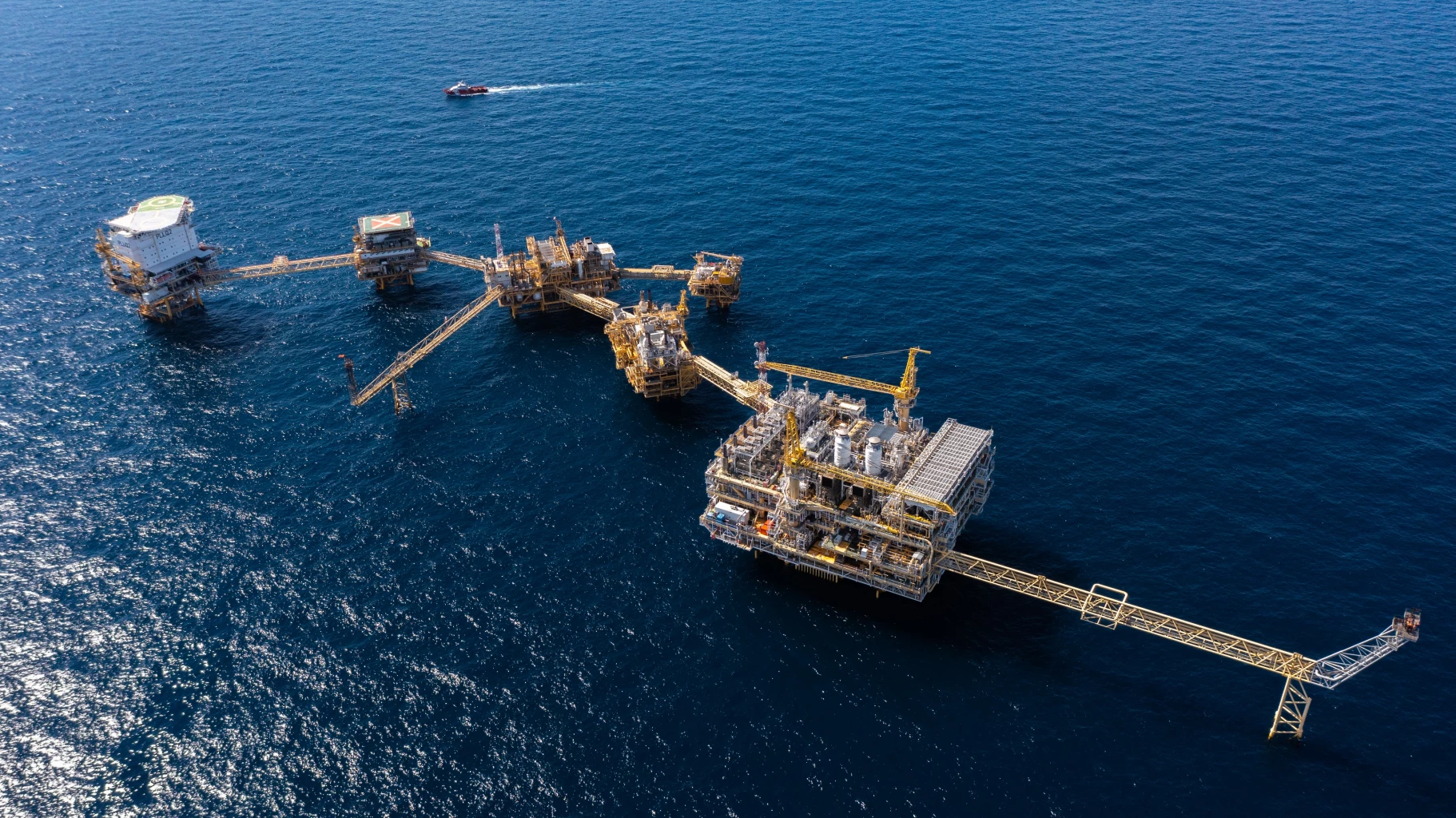I got disrupted and it changed my life

I JUST WENT BACK to university years after my first graduation, although it was only for one week, and what I learned disrupted how I look at myself, my business, and the world.
This transformation occurred at Stanford University in the heart of California’s Silicon Valley on an executive education programme focused on “Leading in a Disruptive World”. I was fortunate enough to be with 30 of Thailand’s top business leaders and, having witnessed the impact on all of us, I can testify that something special happened.
The first things to get disrupted were my world view and complacency. As a consultant with years of experience, I used to think I understood what was happening in the world and why – so what could I possibly learn from a one-week programme?
It turned out that I learned just how much I don’t know, but how that’s OK because everyone else is in the same boat. Fortunately, I also learned how to paddle the boat in the right direction.
This Stanford programme exposed me to new perspectives and challenged my assumptions, my preconceptions, and my experience. This was not your average training course; in fact, it was more like shock therapy.
There were no spoon-feeding or prescriptive answers here, just an irresistible inspiration to make a difference and to get started on trying something truly innovative and disruptive.
You don’t have to be a genius like the late Steve Jobs or Amazon founder Jeff Bezos to be a successful innovator and entrepreneur. There’s a proven approach that we can all learn and, more important, there’s a mindset that is fundamental to success.
It’s hard to pick highlights from a week of great insight, but I’d like to share some key lessons to get you started.
Find a great problem to generate a breakthrough innovation. Really breakthrough ideas are those that serve the deep, latent needs that people feel but can’t easily describe. If your customer can tell you what the problem is – for example, “my mobile phone doesn’t have sufficient battery life”, then you immediately start to focus on the solution and just make a slightly better product or service. That’s not disruptive innovation, that’s product development.
If you want to innovate, don’t begin with the end in mind, start with an insight into a deep, unmet customer need and see where it takes you. If you’ve already decided what you’re going to make before you start, then inevitably that’s what you’ll end up with.
This deep level of human-centred insight comes from being truly empathic. Being an entrepreneur and innovator is not about sitting in your office or your bedroom trying to come up with a brilliant idea. It’s about getting out into the world and really seeing it and the people in it – deeply empathising with them, their lives, and their challenges. Only by doing this will you ever be able to surface the deep, unmet needs that have real value to people.
Extreme collaboration. Then you have to transform the way you work with others in what Stanford calls “extreme collaboration”. It requires you to transform your mindset, to check your ego and your rank at the door, to separate idea generation from appraisal, to welcome failures for their lessons, and to invite real feedback rather than looking for validation.
Bias towards action. There’s a sign in Stanford’s famous d.school that says: “The only way to do it is just to do it.” It’s as simple – and as hard – as that. You can’t analyse your way to innovation. It’s a matter of experimentation, passion and energy – get started and don’t stop until you get somewhere worthwhile. The faster you get your ideas in front of customers, the faster you get feedback and “fail forward” to the solution.
My biggest takeaway is that my old mindset of wanting to “solve” obvious, surface problems through analysis, and of seeing this as a largely individual exercise that required me to fight for my ideas in an intellectual dogfight, cannot survive in this disruptive world. The good news is that the new mindset opens up huge possibilities and creativity – and is a lot more fun.
ARINYA TALERNGSRI is the chief capability officer and managing director of SEAC (formerly APMGroup). She can be reached at [email protected].





